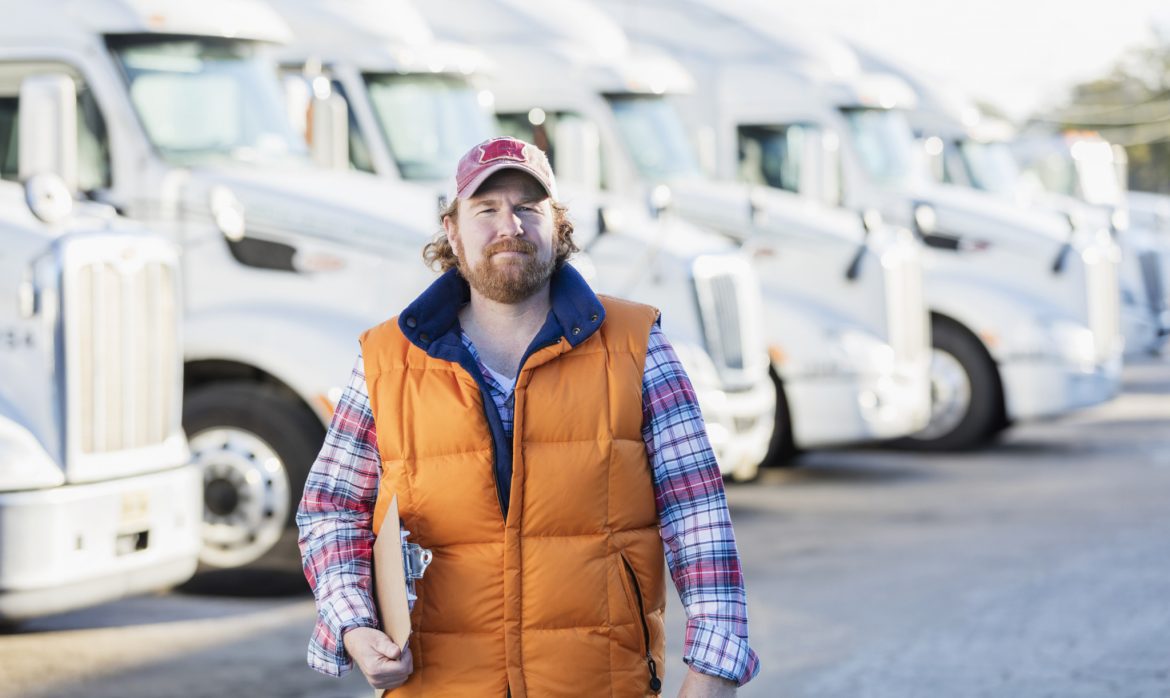With over two million cases and over 121,000 deaths, the United States has been the epicenter of the COVID-19 pandemic for the last few months, forcing an economic shutdown and a series of hastily prepared responses in dealing with the crisis.
Schools went to remote-learning, office workers used Zoom to connect with their associates and grocery stores quickly installed plexiglass to protect customers and employees.
The trucking industry has been no different in becoming more flexible and implementing innovative techniques in attempting to remain as dynamic as ever. A few key changes, all involving technology, have emerged as potentially more efficient for trucking companies, even after the pandemic is far in the rearview mirror.
Finally, it seems, trucking fleets are moving to paperless and contactless technology, using electronic bills of lading for drivers and virtual meetings between sales and customers. Not only are these safer ways of doing business during a pandemic but are also the wave of the future as stakeholders realize it’s easier and quicker to use a smartphone or laptop to conduct business.
The days of a trucker jumping in and out of his cab to get a signature or make a payment are seemingly gone as fleets and their customers come up with more innovative ways to achieve results that used to be done in person.
With a large majority of office staff now working from home, the entire office model has been transformed. No longer are employees standing around a water cooler wasting time. Instead, they are working from the comfort of their own home with less stress which has made them calmer and more effective in dealing with drivers or any problematic issues.
Indeed, some fleets believe they may decide to downsize offices even after the pandemic is over, saving money on rent and equipment. Workers will also save time and money with travel to and from the office reduced. While face to face meetings will still be essential, more virtual meetings should become the norm.
Companies have also found new ways to onboard drivers by providing virtual orientation, especially when it comes to filling out employee paperwork and using virtual signatures. Firms can provide video training, and many are not actually seeing new drivers until at least half of the orientation is completed.
Obviously in-person meetings will never be replaced, but at a time of social distancing and a need for smaller groups, the use of virtual technology has become significant for trucking companies to maintain previous effectiveness and performance levels.

